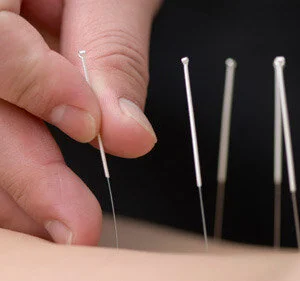How does acupuncture work? Yes, acupuncture needles manipulate qi flowing in meridians to balance the body, but what does that mean in our modern physiological understanding of the body? This is a question that the scientific community has not been able to answer definitively. There are a number of people researching various aspects of the question. Previously on this blog, I hypothesized that the concept of Qi is really a metaphor for the chemical and electrical processes in the body. If you've ever wondered how acupuncture works, you're not alone.
Well, an important study was published in July by the Europoean Journal of Physiology which reports on that very topic. The study, performed by electrical engineers at Columbia and medical researchers in Hong Kong, examined what happens on a cellular level when an acupuncture needle is inserted into an acupuncture point. They found that when bodily tissue is pierced by a needle while being manipulated, slow-moving acoustic waves are sent into the muscles. These waves then trigger inter-cellular calcium flow. Calcium then interacts with white blood cells to produce endorphins that help alleviate symptoms such as pain and nausea.
The study also determined that the effectiveness of acupuncture depends on how accurately the needle hits the acupuncture point. The acoustic waves generated by acupuncture can travel between six and eight centimeters along the grain of pierced muscle only when the needle is inserted on an acu-point. Needles inserted into places that were not acu-points also sent acoustic waves, but the waves did not travel as far or as widely.
As with all science, since this is the first study to research this aspect of acupuncture's mechanism, we'll need to see what further research uncovers. However, these findings appear to be an important development!


